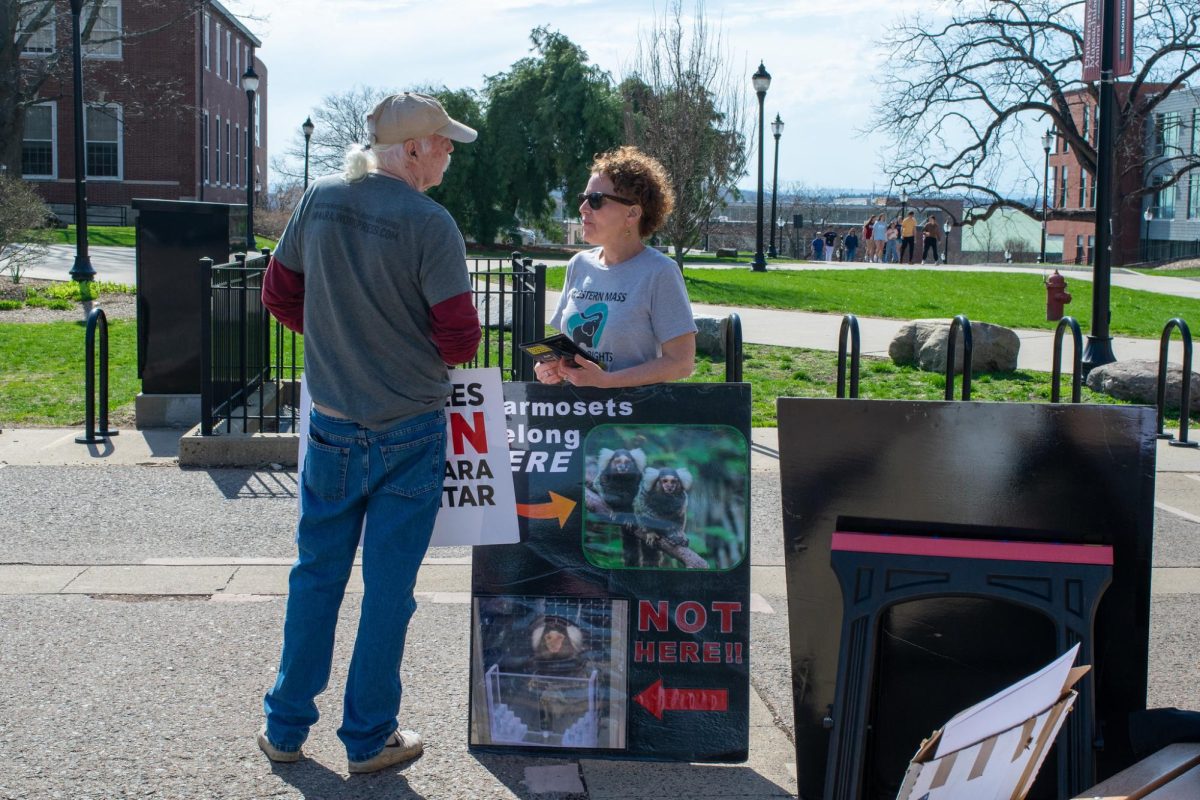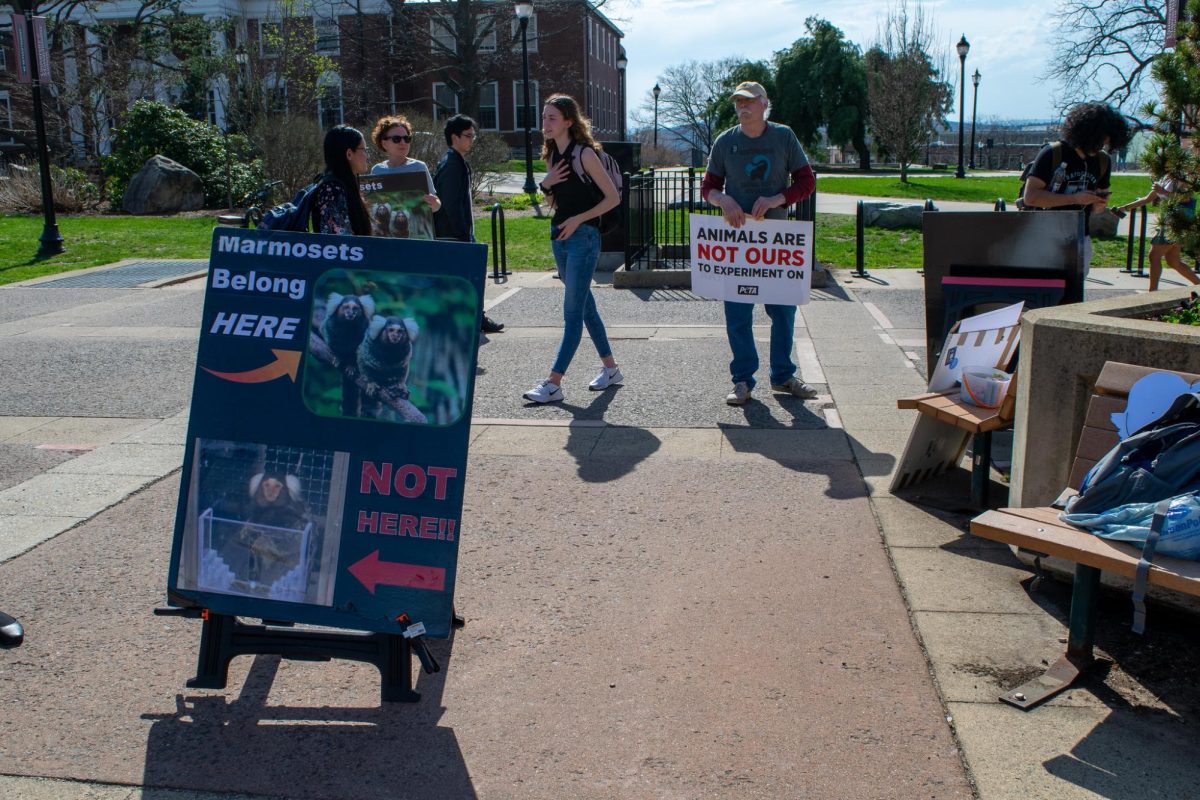The University of Massachusetts, and university campuses across the nation have been in uproar in recent weeks over the 30,000 – and counting – people killed in Gaza. Students are demanding that their institutions divest from war profiteers. It can be difficult to gauge where the responsibilities of our universities begin and end in relation to their business partnerships. Just how much responsibility should our institutions and corporations claim for the way their investments and actions perpetuate conflicts overseas? It’s a challenging ethical question, and while it’s finally receiving its due consideration these days, we’re still missing a key piece of the puzzle: the climate crisis.
Militarization and war produce massive amounts of CO2 emissions, and the rebuilding of infrastructure after destruction produces even more. Major world wars are as evident on the Earth’s crust as dinosaur prints, and the rise of industrial power and advancement of militarization technology has launched us into a new ecological epoch known as the Anthropocene, defined by National Geographic as the “most recent period in Earth’s history when human activity started to have a significant impact on the planet’s climate and ecosystems.”
The start of this new epoch suggests that humans have caused their own imminent extinction. Even though the Anthropocene is still considered an “unofficial era,” all evidence proves that we are in unprecedented times in terms of the global scope of militarization and the amount of CO2 emissions militarization creates every year, which the Guardian reports is about 5.5 percent of global greenhouse gas emissions. “If the global military were a country, this would place it fourth in terms of its emissions.”
The Earth is becoming increasingly uninhabitable, and the urgency of the climate crisis is undeniable. In fact, the crisis is no longer imminent; it’s upon us. We are actively living through the effects every day. Glaciers are melting and houses in low-lying areas such as the Marshall Islands are going underwater. An estimated 3.2 million U.S. adults were either evacuated or displaced due to natural disasters in 2022. And millions of people worldwide are forced to migrate due to harsh environmental conditions, causing world governments to consider expanding the definition of refugee to include “climate refugees.”
Our definition of who is responsible for the climate crisis, who is responsible for war and who is affected by war changes if we consider the effects of militarization. Our definitions change when we consider the irreversible damage war has to the land and seas. The reality is, no one is escaping the climate crisis.
Human health is already suffering from radiation, all while we run out of resources to sustain ourselves. Our planet is dying a very rapid death, and the war in Gaza is only speeding it up.
Al Jazeera and other large news outlets have reported that the carbon footprint generated by Israel’s war on Gaza surpassed the total emissions of the 20 most climate vulnerable nations’ yearly emissions, based on new research that is in the process of getting peer reviewed. In reference to this research, the Guardian recently wrote “the vast majority (over 99 percent) of the 281,000 metric tonnes of carbon dioxide (CO2 equivalent) estimated to have been generated in the first 60 days following the 7 October Hamas attack can be attributed to Israel’s aerial bombardment and ground invasion of Gaza … the climate cost of the first 60 days of Israel’s military response was equivalent to burning at least 150,000 tonnes of coal.” And still, these projections are believed to be an underestimate.
The environment suffers battle wounds when any armed conflict occurs, but the rate at which the environment is deteriorating — due to obscene amounts of fossil fuels used to make and power militarized technology — is rapid, unprecedented and only increasing in speed since the first atomic bomb was detonated in 1945.
As Israel invades Rafah, Palestinians have nowhere to go. As more people die and suffer injuries, we must remember that as far away as the conflict can seem, it is closer to us than we think. Because of the climate impact, wars are never ending even after the bombs and bullets have ceased. We need to realize that all world’s conflicts are interlinked, and all systems and structures perpetuate each other. We need to start taking a more holistic view of militarized conflict; we need to start thinking about all wars as wars on both people and on the climate.
Grace Lee can be reached at [email protected].




















